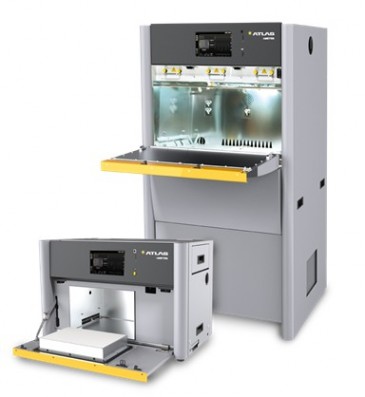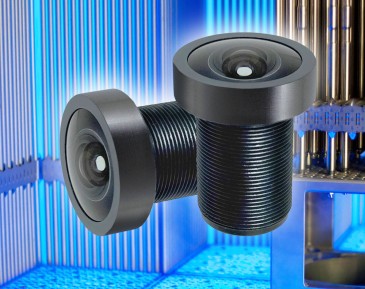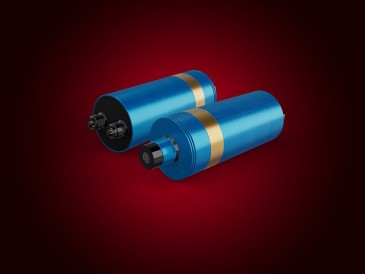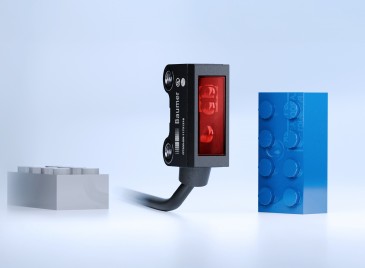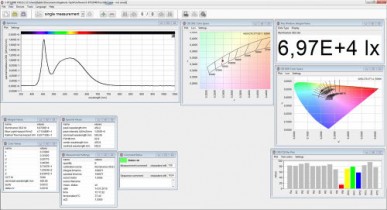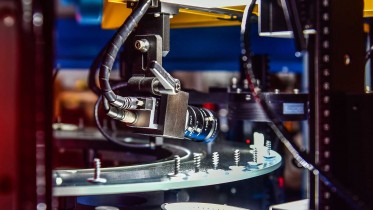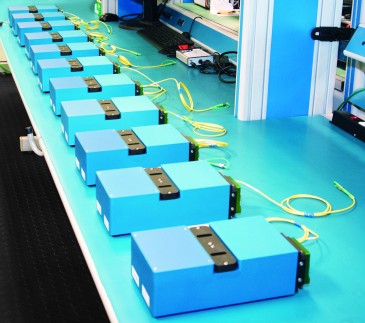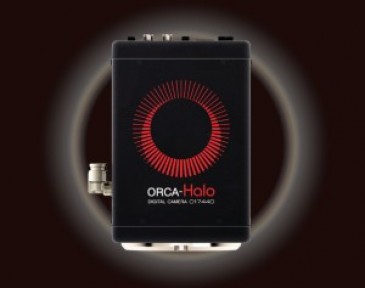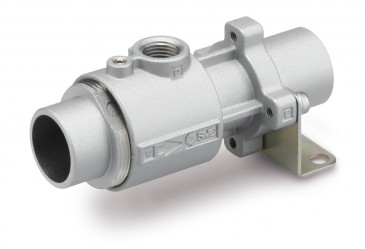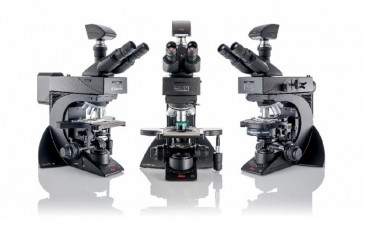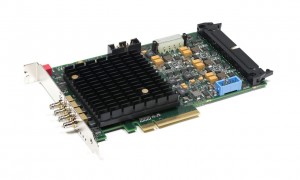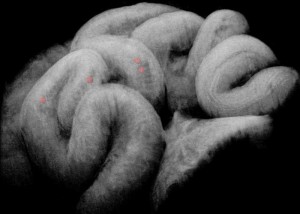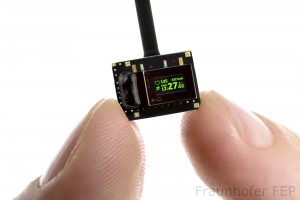
Until now, most microdisplays have shared the problem of consuming a lot of battery power. Now, researchers at the Fraunhofer Institute for Organic Electronics, Electron Beam and Plasma Technology FEP in Germany have developed an ultra-low-power and at the same time very bright microdisplay.
“Traditional displays, including microdisplays, are refreshed line by line and for each frame the complete data for all pixels has to be transferred from the video source to the display,” explains Bernd Richter, head of department, IC & System Design at Fraunhofer FEP. “Furthermore a constant refresh of all pixels is mandatory because the pixels loose their information within a short time in the range of seconds.”
Fraunhofer’s new concept, by contrast, includes pixels with stable behavior and without the need for any refresh. Thus, Richter says only changing image content needs to be transferred to the display. “For this we implemented a free addressable display area in which the region to be refreshed could be changed with every data transfer,” he adds. “Our approach offers a simple interface for easy driving of the display from a low power MCU, without the need for a video processor.”
Solving the power struggle
Richter says current data glasses suffer from low battery runtime and limited user acceptance caused by heat generation from the electronics and high weight and volume. “This problem can be solved with our innovative ultra-low power display in combination with extremely slim driving electronics.”
Key applications and path to market
“A lot of applications in the field of sports, logistics and industry will take advantage of a much longer battery runtime, a smaller housing of the data glasses and, therefore, a higher user acceptance,” Richter says.
Fraunhofer is currently in discussions with industrial partners for the commercialization but Richter says they are also interested in other partners. Small to medium quantities of the displays and evaluation kits are already available from Fraunhofer FEP.
Regarding what is ahead for Richter and his colleagues in this endeavor, he says, “As next steps we see the design, manufacturing and pilot production of customer and application-specific displays based on the new concept.”
Fraunhofer researchers will showcase this OLED microdisplay for the first time at the Electronica trade fair in Munich (Germany) from 8–11 November 2016, Hall A4, booth 113.
Written by Sandra Henderson, Research Editor, Novus Light Technologies Today























 Back to Features
Back to Features